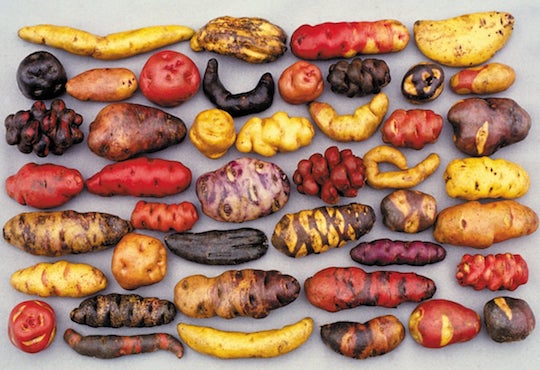With a climate changing faster than most crops can adapt and food security under threat around the world, scientists have found hope in a living museum dedicated to a staple eaten by millions daily: the humble potato.
High in the Peruvian Andes, agronomists are looking to the ancestral knowledge of farmers to identify genetic strains which could help the tubers survive increasingly frequent and intense droughts, floods and frosts.
The Potato Park in Cusco is a 90 sq km (35 sq mile) expanse ranging from 3,400 to 4,900 metres (16,000 feet) above sea level. It has “maintained one of the highest diversities of native potatoes in the world, in a constant process of evolution,” says Alejandro Argumedo, the founder of Asociación Andes, an NGO which supports the park.
“By sowing potatoes at different altitudes and in different combinations, these potatoes create new genetic expressions which will be very important to respond to the challenges of climate change.”
“These crops have always adapted,” says Marie Haga, the executive director of the Crop Trust. “Now climate change is so fast that these poor plants are not able to adapt.
“That’s why we need the diversity, because the diversity is what we use when we breed new plants which can tolerate new climates,” she adds.
As soil degradation intensifies and crop resilience becomes ever more important, the work being done by the potato guardians in a small park in Peru may play an important role in feeding the rest of the world.
Read full original article at theguardian.com
Photo credit: The International Potato Centre
2 diciembre 2019Original Author: Dan Collyns

